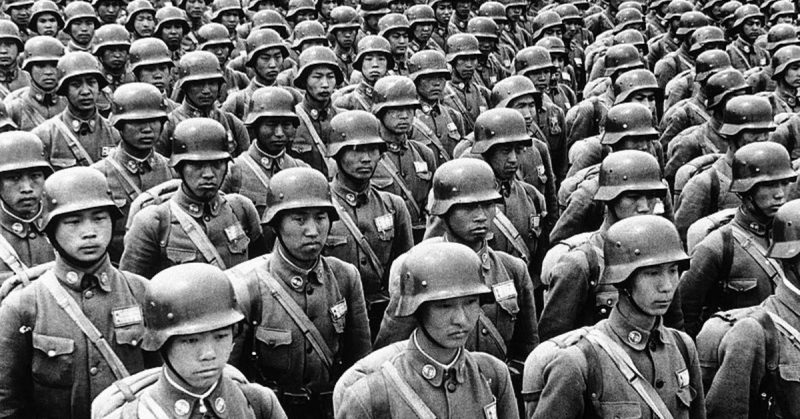Von Seeckt was instrumental in forming Wehrmacht strategies. He believed in a well-armed and trained small force as opposed to a larger, untrained force.
The Chinese Civil War was one of the most devastating and deadly conflicts in human history. Over nearly a quarter of a century, China tore itself apart, but few people know the degree to which foreign powers intervened.
Most Americans know that the U.S. opposed the Communist party and supported the Kuomintang, but who else supported the Kuomintang? Many Americans might be shocked to know that the Kuomintang government, also favored by the U.S., was backed by Nazi Germany.
How did this alliance form, and why is it often left unacknowledged in the United States?
The Rise of the Nationalists
China descended into a Civil War in the early 1920s as a left-wing Nationalist movement rose up against the Beiyang government. During this phase of the war, the Kuomintang and the Communist Party of China worked together. However, after they successfully overthrew the government, problems emerged in this relationship.
Chiang Kai-shek, the leader of the nationalist army, had once been very friendly with the Soviet Union. In fact, he had welcomed Soviet intervention to help the Kuomintang in the Civil War. He even visited Moscow to receive military training. He met with Leon Trotsky and other Soviet leaders, subsequently becoming known as a “Red General.”
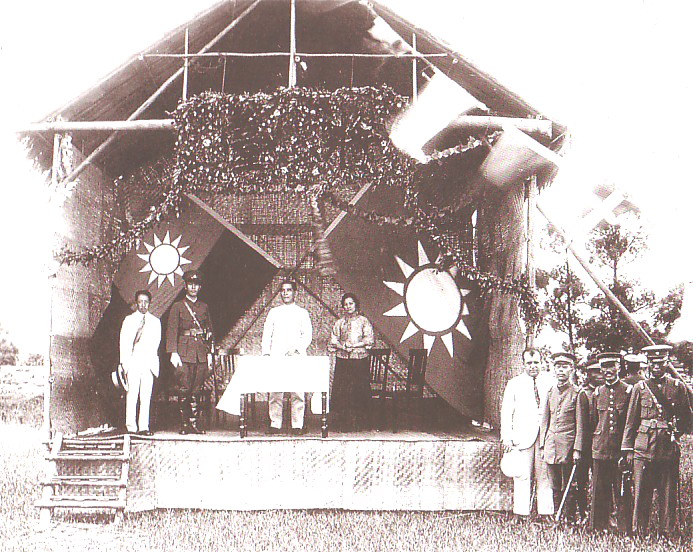
However, in reality, he saw the flaws in the Communist system and became convinced that it was not right for China. He also began to worry that Soviet support for his cause was really just a way of gaining control over China.
The Communist Party was quite small early in the war, and Chiang Kai-shek saw that many of them were more loyal to Communism than China. On March 20, 1926, Chiang made the fateful decision to purge Communists from the party.
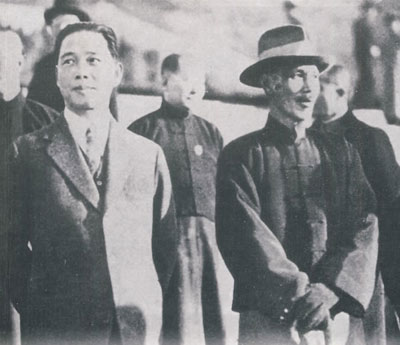
In what is now known as the Canton Coup, the Kuomintang leadership dubiously claimed that a Communist Coup was about to occur in Canton (Guangzhou) and arrested all of the Communist Party leadership in the city. These leaders, and others in the party, were accused of opposing the Kuomintang’s ideology and they were kicked out of the party.
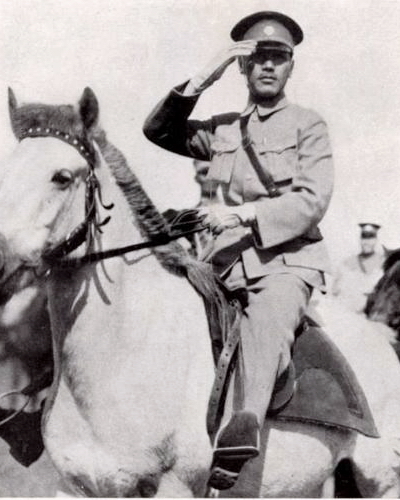
Now that Chiang’s supporters dominated party leadership, he was ready for open warfare. On April 11, 1927, he sent a secret order for the Kuomintang to purge all Communist members. On April 12, Chiang ordered an attack now known as the Shanghai Massacre.
The attack began with assaults on trade union offices in the city and the disarming of Communist militias. When left-wing workers began to protest this attack, they were dispersed by a hail of bullets, leaving 100 dead.
Later, all Communist leaders in the city were rounded up. Many were executed while others went “missing.” Casualties mounted up in the thousands.
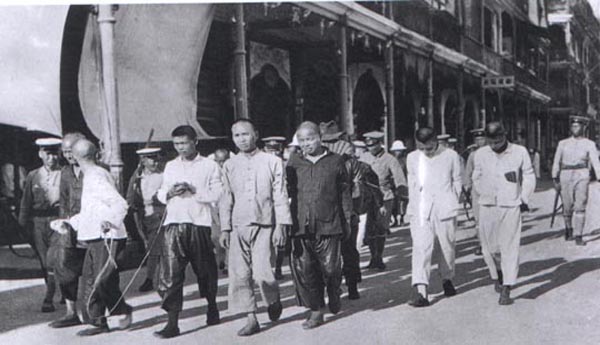
A New Alliance
Soviet advisors to the Kuomintang were soon expelled from China or recalled by Moscow. Chaing soon realized that he needed a new ally. He decided that Germany was the best option since, after losing its Asian and Pacific colonies after World War 1, they were the only European Great Power without significant colonial interests in China.
For their part, many Germans were interested in putting their military experience from the Great War into use once again. With the Treaty of Versailles forcing Germany to downsize its army, many veterans were out of work.
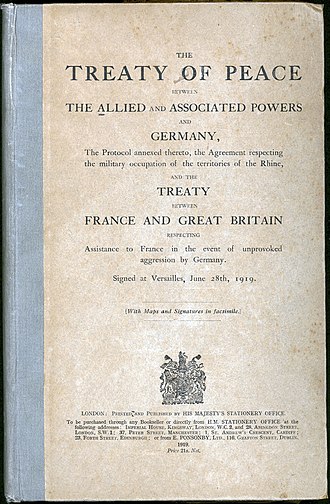
Chaing invited General Erich Ludendorff to bring military and civil experts to China. Ludendorff liked the idea but was worried his profile might create problems. Instead, he recommended Colonel Max Bauer to lead the German Advisory Group. Bauer was a veteran and specialized in logistics.
Although the Germans kept their activities as secret as possible, American observers saw German officers training Chinese troops directly. They also trained officers and went about reforming the Chinese army. Bauer advised the Chinese to cut costs by ordering from arms manufacturers directly.
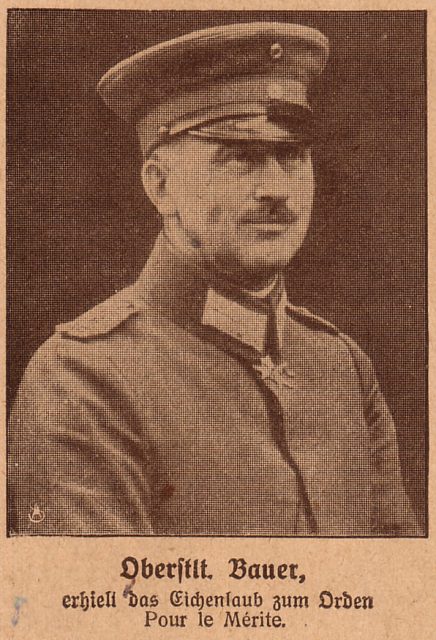
Rise of the Nazis
Meanwhile, in Germany, the Nazis were gaining popularity. When Bauer died, he was replaced by Colonel Hermann Kriebel. Kriebel was a close ally to Hitler and had even been a member of the Freikorps, a right-wing paramilitary group that engaged in terrorist activities to support Nazis in Germany.
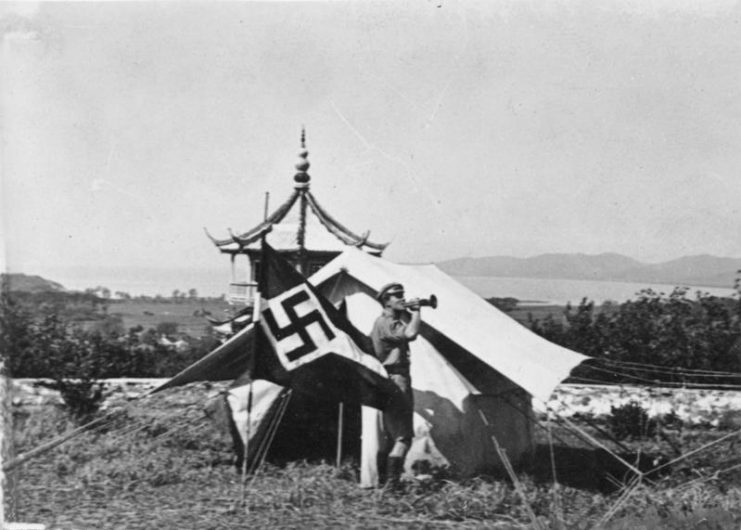
Would Chiang Kai-shek, an ex-leftist who had worked with the Soviets, decide that working with fascists was a bridge too far?
The answer came quickly, as the Kuomintang invited the Hitler Youth to visit China in 1930.
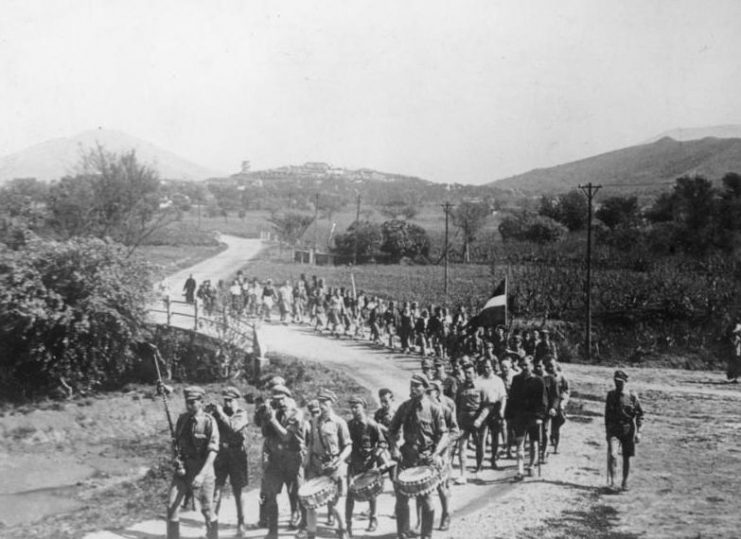
As the Nazis gained power in Germany, Sino-German cooperation increased. More advisors were sent to China to help them industrialize and stockpile more weapons. From the Nazi point of view, the goal was to prevent the spread of Communism.
In May 1932, a mere two months before Hitler took power in Germany, General Hans von Seeckt was sent to China.
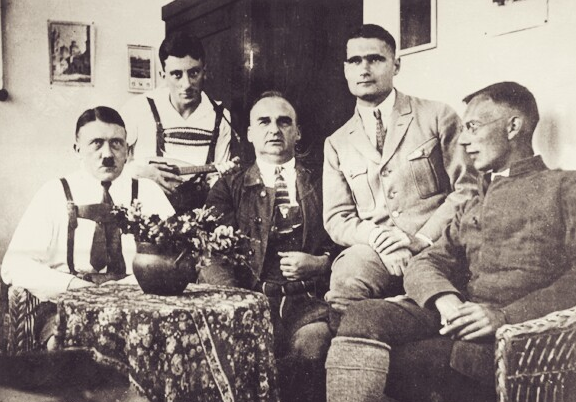
Von Seeckt was instrumental in forming Wehrmacht strategies. He believed in a well-armed and trained small force as opposed to a larger, untrained force. He essentially brought the philosophy of Blitzkrieg to China.
He also advised a merciless scorched-earth policy and an encirclement campaign to force the Communists to fight in the open. These strategies were extremely effective and led to the rout of the entire Chinese army in The Long March.
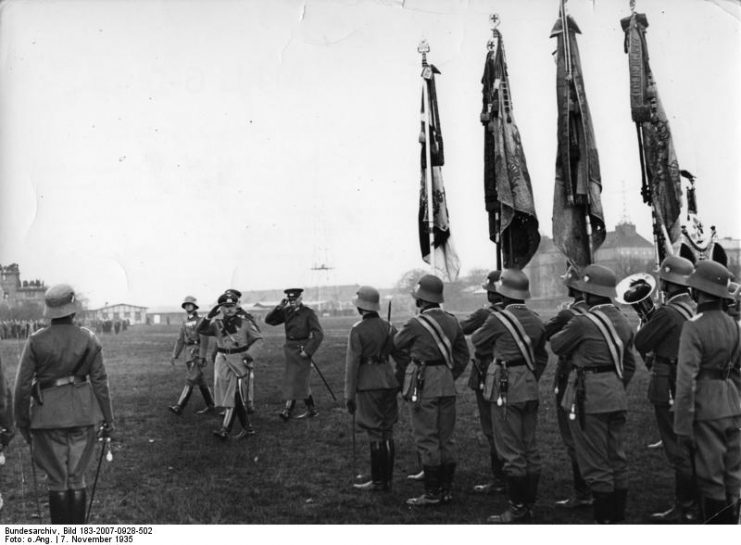
Fraught Alliance
Racist Nazi beliefs created tension with China, as did the Japanese invasion of China in 1937. Joseph Goebbels was strongly pro-China since he viewed Chiang as a potential fascist and knew the weapons trade would benefit the German economy.
Hermann Goering strongly disagreed. He argued that Japan was stronger, more ideologically aligned with Germany, and consistently opposed the Soviets.
At its height, the alliance was strong enough that Chiang Kai-shek sent his adopted son, Chiang Wei-Kuo, to fight alongside the Germans. He trained at German military academies and took part in the Nazi invasion of Austria. He posed for a photograph clad in full Nazi uniform, including a swastika on his chest.
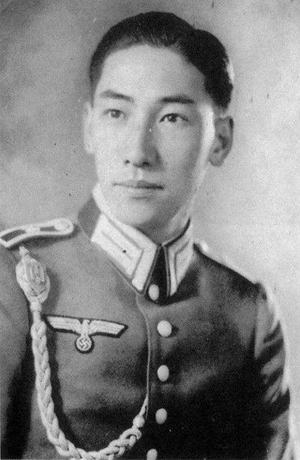
The Nazis continued to cooperate with the Kuomintang for a time after the Japanese invasion (the beginning of World War 2 in the Pacific). German officers commanded some Chinese units early in the war, and the German-trained forces were known to perform well compared to other Chinese forces.
However, German efforts to broker peace between their two allies in the East came to nothing, and the Nazis had to pick a side.
The Sino-German alliance finally fell apart after the Kuomintang and the Communist Party made a truce to oppose the Japanese invasion together. Now that the Kuomintang was working with Communists again, and Japan was a firm ally to Germany, the Nazis cut off support for the Kuomintang.
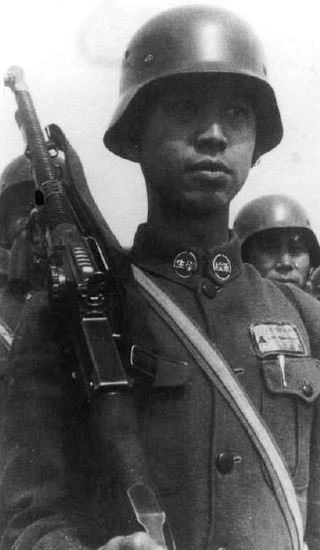
A Complex Reality
When the Chinese Civil War resumed after Japan was defeated, the Communists used the Kuomintang-Nazi alliance as propaganda. After all, the Nazis were allies of Japan, the country that had just invaded China and committed unspeakable atrocities like the Rape of Nanjing.
The Communists had a simple message: How can the people of China support a cause that allied itself with friends of the Japanese? In the end, the Communists won the war.
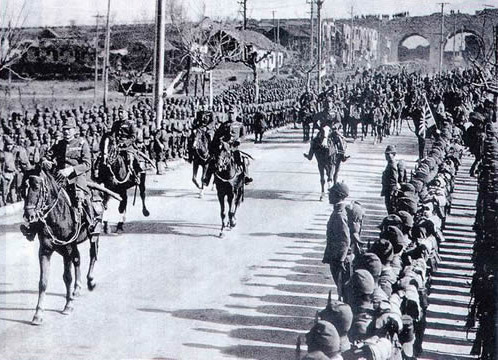
Despite the fact that the Sino-German alliance fell apart, it still played a significant role in Chinese military and economic history. The industrialization spurred by the German advisors significantly modernized China’s economy, and many of the Nationalist successes early in the war are partially attributed to the training and weapons the Chinese received from Germany.
If the role of the Germans in China is historically significant, why is it so often left undiscussed in American classrooms? In short, history is not simple and neat, and its complexities often do not fit a political agenda.
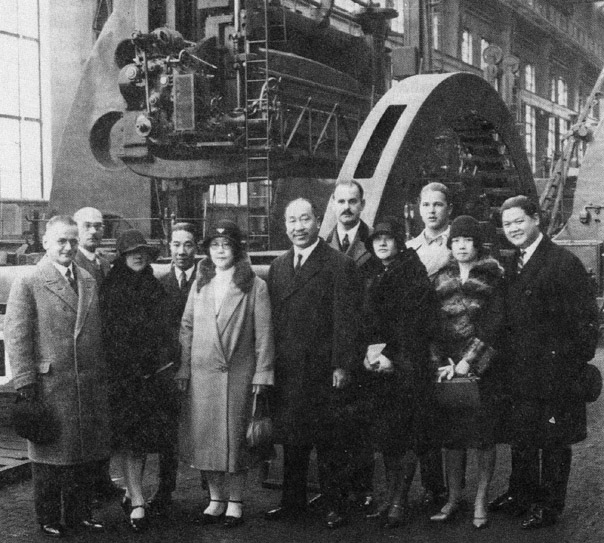
American sympathies for the Kuomintang and Chiang make the reality of Nazi-Kuomintang cooperation awkward to acknowledge. It is far more convenient simply to say that the United States defeated the Nazis, and unfortunately our allies lost in China.
However, it is dishonest to leave out the ugly side of history, and that includes the fact that the United States and Nazi Germany backed the same side in the Chinese Civil War.
